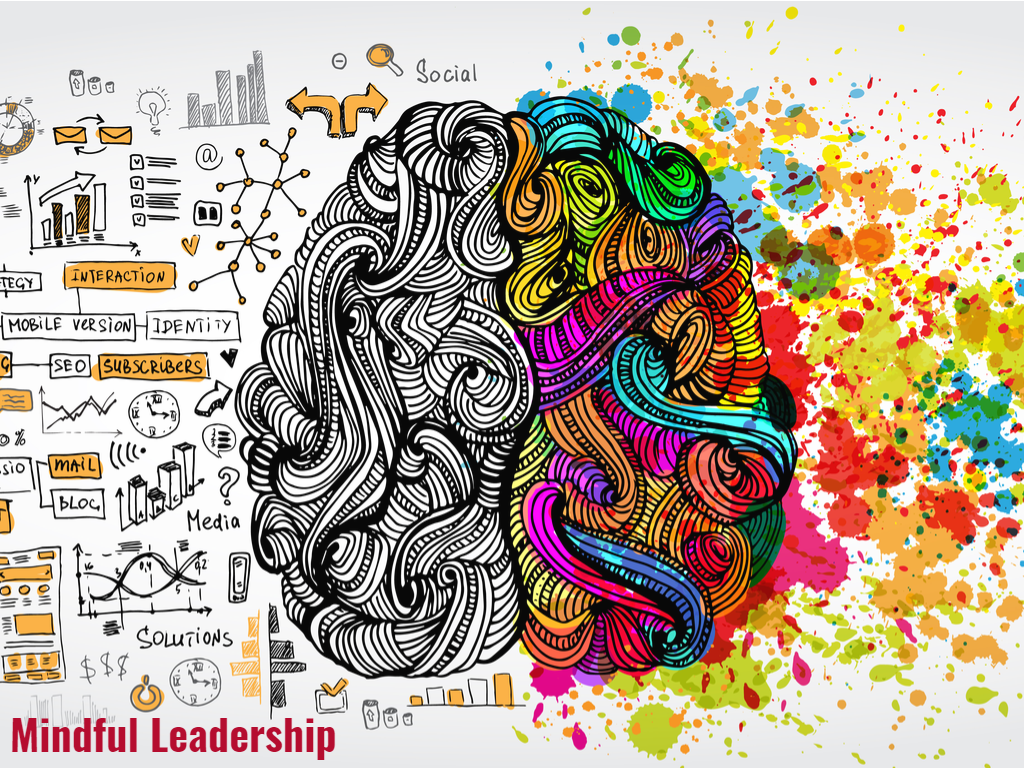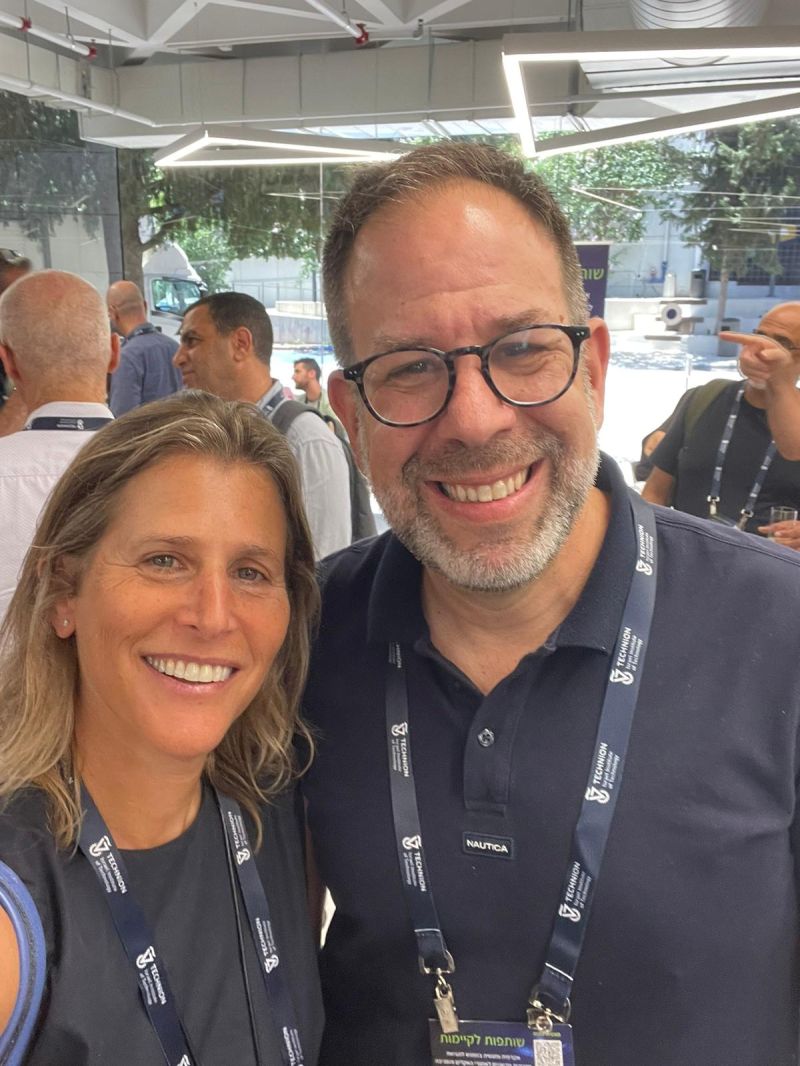My Ph.D. is about leadership in the 21st century. The research I conducted was based on a case study of a hi-tech company over a period of two years. I explored the role of the leaders in organizations and how they motivate their employees from a place of intrinsic motivation and meaningfulness, what allows for the production of meaning and employee engagement, and what leads to an innovative organization. In my research, I defined three main characteristics of the new leadership: the ability to be mindful and present, the ability to hold tensions, and the ability to willingly serve. Below I will explain briefly the different concepts.
The first concept of the ability to be present and mindful in the moment is the ability to be present in the moment and be connected to thoughts, experience, feelings and physical sensations in a non-judgmental state of mind and without being managed by them. Mindfulness is a mental state in which one is connected to a “narrow” view point that is based upon an experience we are experiencing: feelings, thoughts or a process I am going through, and at the same time one is connected to the broader picture, and open to awareness. The ability to hold the two edges – the narrow and the open view point – and to move in the realm and each time to choose to act from out of free choice and mindfulness, this is what characterizes a mindful state of mind. Such behavior prevents one from reacting from their automatic patterns and enables one to evaluate and explore new ways of acting.
The second characteristic is the ability to embrace tensions. The modern world is characterized by opposing tensions: long-term versus short-term, quality and speed, risk and safety etc.. The ability of a leader to hold the tensions and to succeed being in the unknown experience and enable a new solution to emerge, from being present in the moment and from listening to his different voices and external ones. This enables wisdom and new knowledge to emerge. This is the opposite of acting out of automatic behavior that usually prevents us from feeling unpleasant feelings such as fear of the unknown and closes the tension by acting “more of the same” and providing an “old” and known solution without connection to the situation at the present moment.
The third characteristic refers to the motivation of the leader. The ability to come to a situation in a position of leadership with the will to serve others. Serving the development of the employees, developing a product or a service that serves the clients and the environment etc”…
Now after I have explained briefly the three characteristics, I want to demonstrate it in the day to day experience. Being an organizational consultant for the last 18 years, I have accompanied management teams and organizations through the process of change and growth. A common theme that I encounter, working with companies, is the difficulty and challenge to separate from an employee when there is no longer alignment.
Many times, when there is not an alignment, there are “dragging feet” and an unwillingness to confront the issue. A situation in which all lose, the employee that comes to a job that doesn’t fit him anymore and feels frustration and lack of meaningfulness and the organization that invests a lot of resources in the worker. The employee doesn’t fill his part in the organizational puzzle, and more than that occupies this slot instead of making room for a new employee.
In such a situation, a lot of the time, the unpleasant feeling and the concern for the confrontation and the outcome “blinds” the manager from seeing the big picture. This behavior prevents him from holding the tension between the “narrow” picture of the feeling, thoughts, and the experience he is going through, of the concern and sometimes fear of confronting, and the ability to connect to the big picture. This also includes the ability to see the company and the negative impact of this situation on the company and the culture. Sometimes the apprehension to confront the employee is so intensive, that they continue to act “business as usual”. However, what I have encountered is that a lot of managers try to avoid this conversation and act in the “flight” mode, till the point that they can’t bear it anymore, and then they move to the other side of the realm, to a “fight” mode and cut the relationship with the employee with a sharp cut.
Mindful leadership is the ability to embrace the tension, between the personal experience I am going through, the unpleasant feeling induced by confrontation and seeing the broader picture, the impact of this issue has on the organization and embracing the tension between the short and long term and more tensions. It requires the manager to create an open conversation with the employee and to listen to the employee’s concerns, his experience, how he sees things (from my experience – most of the time, when one side is unsatisfied the other side is also unsatisfied, but nobody speaks about it).
The ability to enable an open conversation that gives place to both sides and dares to be present and mindful, to forgo the fear, and to facilitate a confrontational and open communication. And after listening to the employee daring to say what are you unsatisfied with and to reach a solution together. It is possible that during the conversation that both sides come to an agreement that there is not alignment anymore and they decide to separate. It is also possible that they come to an understanding that the specific job doesn’t fit anymore and will decide to “tailor-made” a new position. Another option is that the employee will want to stay in his position but will need to improve his performance and require new skills. There are a wide range of possibilities that can emerge, with this tension between the employee and the organization, but in order to find a solution we need to act from a mindful state of mind, and be connected to the unpleasant feelings of concern and unwillingness to confront, without enabling the emotion to manage us and to “close” the tension, and enabling a frank and respectful space for a dialogue, and only then a precise solution can emerge from the interaction and the different parts of the puzzle can fall into their places.
As it seems, in order to be a mindful leader, we need to be courageous in order to be connected to our own experiences, thoughts or feelings. This can be unpleasant, and despite these feelings be able to see clearly and act without letting the unpleasant emotions manage us. In order to serve the right development of our employees and the vision of the company.





